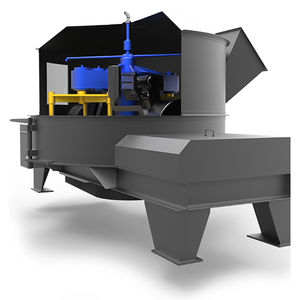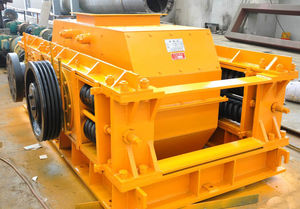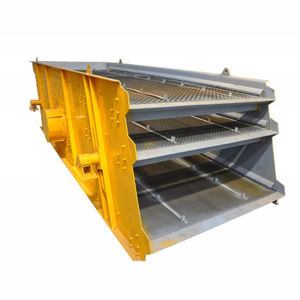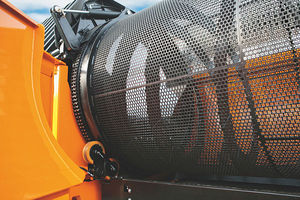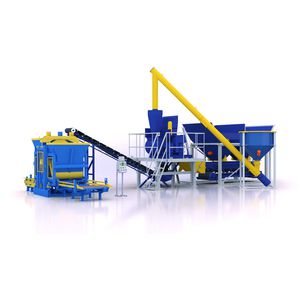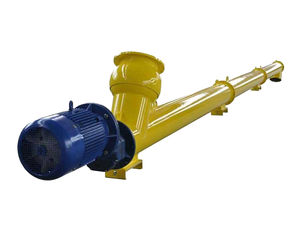
- Building - Construction
- Construction and Mining Equipment
- Hammer crusher
- Titan Machinery LP
Hammer crusher stationary

Add to favorites
Compare this product
Characteristics
- Technology
- hammer
- Mobility
- stationary
Description
Crushers are equipment for applying mechanical impact on hard materials for the purpose of their destruction. Other name of the crushers is stone-breakers or stone-crushers.
Our company produces a number of types of the crushers and in cooperation with our partners we deliver other types of the crushers that we do not produce.
Our equipment can use both hard and soft rocks as raw material. Different rocks have their own characteristics, so we use different stone-breakers to disintegrate them.
In some cases one type of the crusher will be enough, in other cases it will be necessary to install more complicated crushing-and- sorting lines.
The necessary type of crusher(s) depends on:
the size of the particles we intend to obtain;
the strength of the source material;
the productivity of the machine;
repairability.
Crushers are destined for disintegration of the material and for breaking it into smaller pieces. Depending on the size of the output material, crushers can be divided into fine crushing, medium crushing and coarse breaking units.
Classification of Crushers by Their Action
There are various designs of crushers that employ different modes of crushing:
squashing,
tearing,
cutting or loosening,
shock impact (hammers, beaters, bumper plates),
shock impact (free stroke, stone-on- stone stroke).
Classification of Crushers by Their Construction
According to their construction, crushers can be divided into the following groups:
Jaw crusher
Cone crusher
Hammer crusher
Roll crusher
Disk (knife) crusher
Mills can be marked out separately. The most popular types of mills are:
Ball mill
Vibratory mill
Catalogs
No catalogs are available for this product.
See all of Titan Machinery LP‘s catalogs*Prices are pre-tax. They exclude delivery charges and customs duties and do not include additional charges for installation or activation options. Prices are indicative only and may vary by country, with changes to the cost of raw materials and exchange rates.



